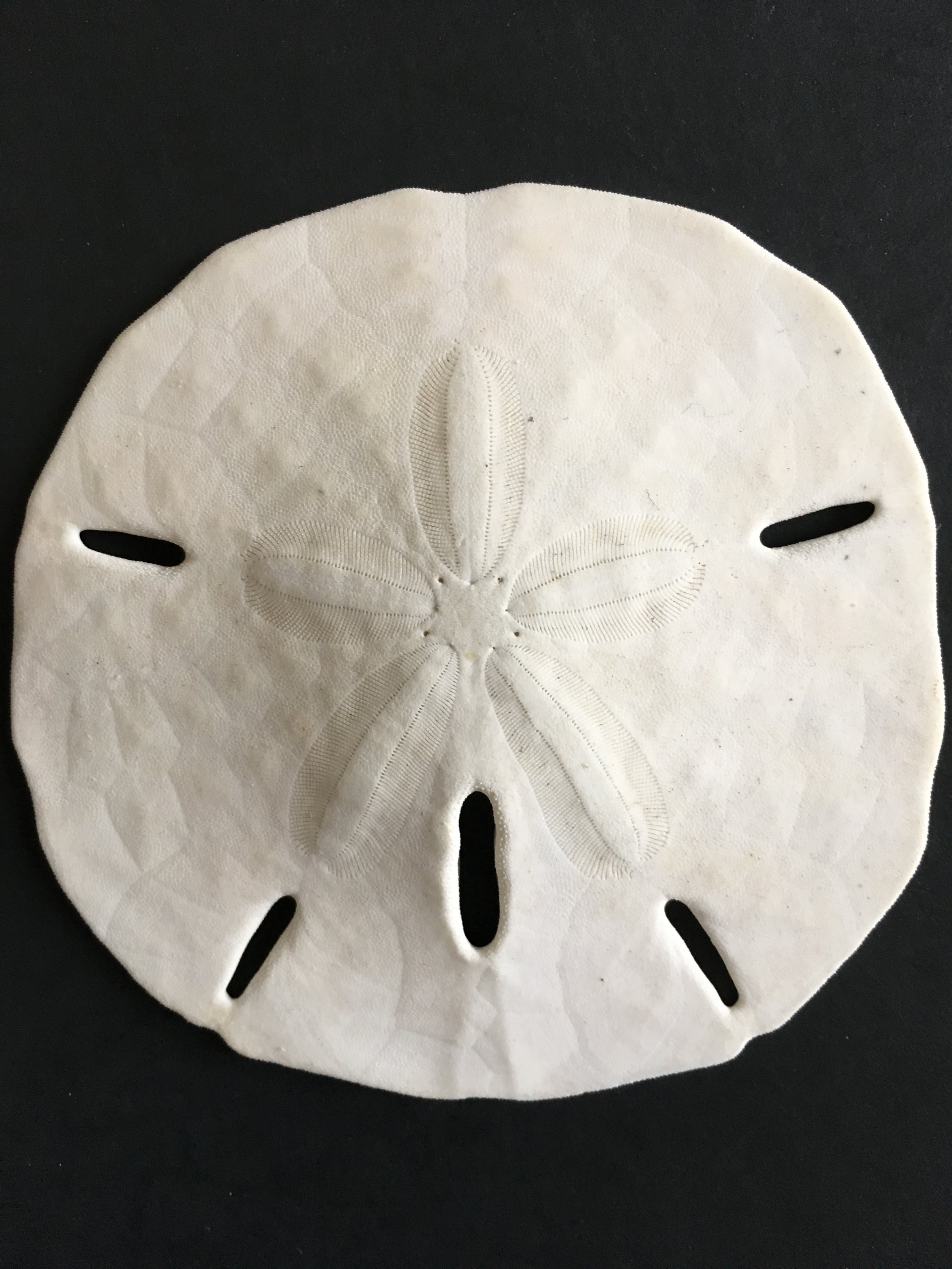Our family has the unique opportunity to be part of a chicken co-op. What makes this so special is that we live in the middle of a major metropolitan city. On a small plot of land, sandwiched between houses and apartments, is a green space turned into an urban garden. Our chicken co-op has exactly ten chickens, so every time we visit we need to count and make sure they are all in the coop. This is challenging because some of the chickens look the same and when people visit they flap and run around excitedly.
Thinking about the challenges I face trying to count ten active chickens, reminds me of the challenges children face when counting to ten. Counting to ten is a major milestone for children, and incredibly important because our counting system is based on tens. In this playful invitation, I encourage you to practice counting to ten using real materials. Also, teach children strategies to organize their counting.
PLAYFUL INVITATION
1. Prepare: Gather ten or more natural materials. I will use a collection of sand dollars.
Observe the child throughout the interaction. Use the Invitation to Play Documentation Tool to collect data.
2. Invite: Show me how you count to ten? Begin holding up fingers as the child counts, or as you count together. Practice the counting sequence slowly as you hold up each new finger. After priming the child for counting ask if they would like to count your collection.
3. Play: Begin by assessing their ability to count ten items. Scatter the materials on the table and ask the child to count them. This will provide information about what the child already knows about counting. Next model how to organize the materials before counting:
a. Line the objects up in a straight line then explicitly point and count “Did you see how I put these into a straight line before counting? This really helps so I don’t miss any of the things.”
b. Bring all the materials into one pile. As you count move each item, one by one, into a second pile. Showing the child how to physically move materials that are counted provides a clear visual of what has been counted and what has not been counted.
After playing and modeling one or both of these strategies. Ask the child if they can count the same way you counted?
4. Reflect and Assess: At the beginning you asked the child to rote count, how did they do? Did they say all the number names in order? As you listened, you held up fingers, supporting their learning that counting has a purpose and can be used to count real objects. When you moved to counting items on the table did they show any beginning counting strategies? After modeling strategies, were they able to use these for their own independent counting? You can determine the child’s cardinality and rational counting skills by asking them “how many did you have all together?” after they count. Children with cardinality will quickly respond “ten.” Children with developing cardinality may not know the answer or may go back to count the objects again.
Ready: In order to count to find out “how many” the child needs to know the count sequence in order and must understand that each number counted corresponds with one, and only one, item. This is called Rational Counting.
Ready to move on: The child easily counts a group of up to ten items and then tells how many were counted. Clear strategies (lining up, or making piles and moving items from one to another) are evident.
Extend: Continue counting to ten until the child has a solid understanding. Erikson Institute’s Early Math Collaborative says that “Full rational counting with a strong grasp of cardinality up to 10 is a process that takes usually two to three years to develop. For most children, rational counting starts to show up at the end of preschool or beginning of Kindergarten (p.57).”
Instead of counting ten of the same thing, get creative, count sets of different objects (ten things in the laundry basket, ten things that are mine, ten items found outside)
MATH LANGUAGE
Cardinality- understanding that the last number counted represents the quantity of the entire set.
Rote count- the ability to recite the count sequence in the correct order without understanding.
Rational counting- the ability to count in sequence and use one to one correspondence to determine the number in a set.
RESOURCES
Please respect living sea creatures. Do not gather live sand dollars. See resources like Sanibel Sea School for more information about determining if a sand dollar is living.
https://www.sanibelseaschool.org/experience-blog/2015/11/5/sand-dollars-dead-or-alive
WHAT ELSE CAN YOU COUNT ON A SAND DOLLAR?








